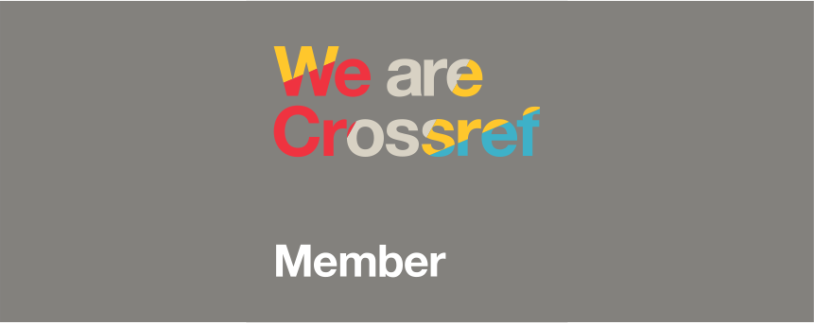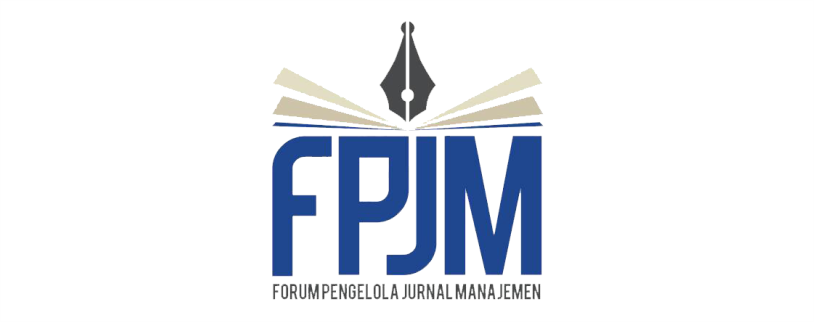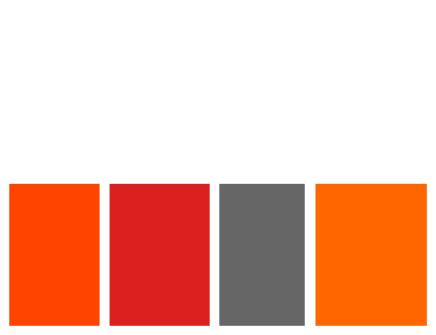Management Style SMEs Development of Wooden Batik Centre
DOI:
https://doi.org/10.26905/jmdk.v10i2.8634Keywords:
Management Style, SMEs Development, Wood Batik CenterAbstract
Industrial centers are often used as places for small and medium enterprise (SMEs) development activities and sources of regional income. This includes wooden batik centers in the DIY Province, namely in Putat Village, Gunung Kidul Regency, and Sendangsari Village, Bantul Regency. However, the development activities of SMEs in industrial centers in Indonesia were not optimal, one of the reasons is the management strategy. Therefore, this article contains a comparative study of management styles of development activities, using qualitative research methods, with multiple cases. Â The results showed that there was a different management style of SMEs development activities in the wooden batik center, where the management style of the wooden batik center SMEs development activity in Putat Village which was applied by the management of Kopinkra Sumber Rejeki Makmur as a center development institution was authoritarian, so the management system tends to be closed. In contrast to the management style of SMEs development activities in the wooden batik center in Sendangsari Village, which is applied by the Sido Katon Cooperative management as a development center institution assisted by the Pokdarwis Institute and BPDW Krebet Binangun, it is democratic, so the management system tends to be open.
Downloads
References
Becattini, G. (2008). Small Business and Entrepreneurship Research in the Thought of Alfred Marshall. Global Award for Entrepreneurship Research.
Chanifiyah, M. (2020). Strategi Pengusaha Sentra Industri Batik Gayatri Di Desa Ketanon Kec. Kedungwaru Tulungagung Dalam Menjaga Eksistensi Usaha Di Tengah Pandemi Covid-19. Skripsi. UIN Satu Tulungagung
Golabdost, A., & Rezaei, M. (2017). Interventional role of job satisfaction in the effectiveness of leadership styles on organizational commitment. Mediterranean Journal of Social Sciences, 7(5 S1), 186-192.
Hamid, E. S., & Susilo, Y. (2011). Strategi pengembangan usaha mikro kecil dan menengah di Provinsi Daerah Istimewa Yogyakarta. Jurnal Ekonomi Pembangunan.12(1), 46-55
Hs, S. L. (2008). Kajian Efektivitas Model Penumbuhan Klaster Bisnis Ukm Berbasis Agribisnis. Smecda, 1, 1–25. http://www.smecda.com/kajian/get8.asp?id=452
Iswahyudi, I. (2020). Implementasi Kebijakan Dinas Koperasi dan UKM Dalam Menumbuhkan Wirausaha Baru di Daerah Istimewa Yogyakarta (Studi Penelitian Deskriptif Kualitatif di diskop UKM DI Yogyakarta).
Muchson, M. (2016). Pemberdayaan Umkm Dengan Pendekatan Klaster Di Sentra Industri Tenun Ikat Kota Kediri. Prosiding National Conference on Economic Education.
Oladele, P. O., & Akeke, N. I. (2016). Effect of strategic leadership styles on sales and employment growth in small and medium enterprises in Nigeria. International Journal of Information, Business and Management, 8(2), 1-18
Syamsuadi, A., Hartati, S., Trisnawati, L., & Arisandi, D. (2020). Strategi Kebijakan Pengembangan Sagu Berbasis Sentra Industri Kecil Menengah (IKM). Jurnal Inovasi Ilmu Sosial Dan Politik (JISoP), 2(2), 114–128.
Torrido, A. (2016). Peran Lembaga Keuangan Penyedia Dana Mikro Dalam Menyediakan Kesempatan Kerja. Jurnal Sosiologi Reflektif. 9(1), 131–143.
Torrido, A. (2021). Penanganan Dampak Sosial dan Ekonomi Akibat Pandemi Covid 19 Melalui Pendekatan Kewirausahaan Sosial Studi: Pemberdayaan Usaha Kecil Menengah (UKM). Jurnal Penelitian Kesejahteraan Sosial. 20(1):77-90
Wijaya, T., Nurhadi, N., & M. Kuncoro, A. (2017). Exploring The Problems Faced by Practitioners of Micro, Small, and Medium Enterprises (Msmes) in Yogyakarta. Jurnal Manajemen Dan Kewirausahaan, 19(1), 38–
Downloads
Published
Issue
Section
License
Authors who publish with this journal agree to the following terms:
(1)Â Copyright of the published articles will be transferred to the journal as the publisher of the manuscripts. Therefore, the author confirms that the copyright has been managed by the journal.
(2) Publisher of Jurnal Penelitian is University of Merdeka Malang.
(3) The copyright follows Creative Commons Attribution–ShareAlike License (CC BY SA): This license allows to Share — copy and redistribute the material in any medium or format, Adapt — remix, transform, and build upon the material, for any purpose, even commercially.












